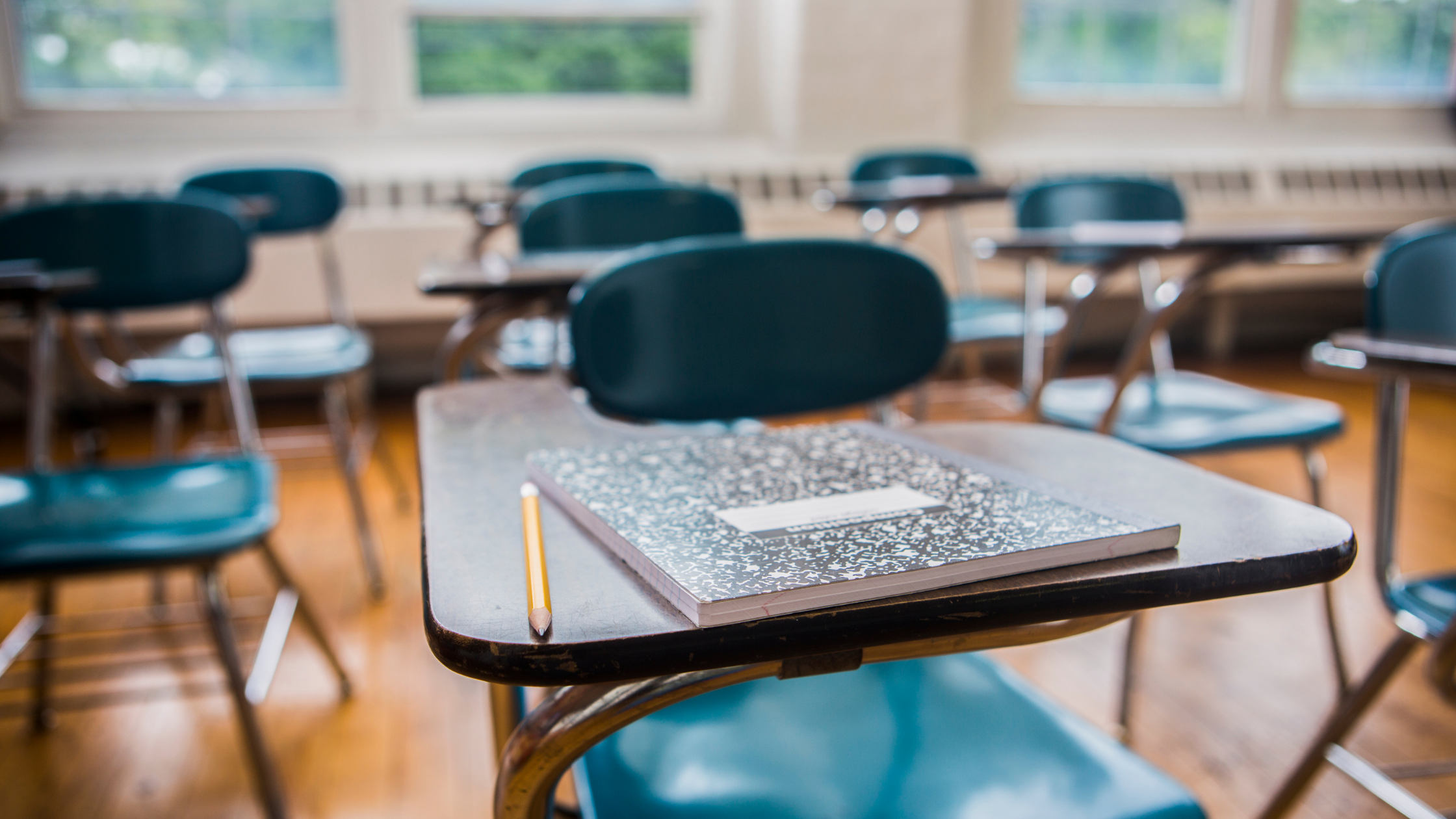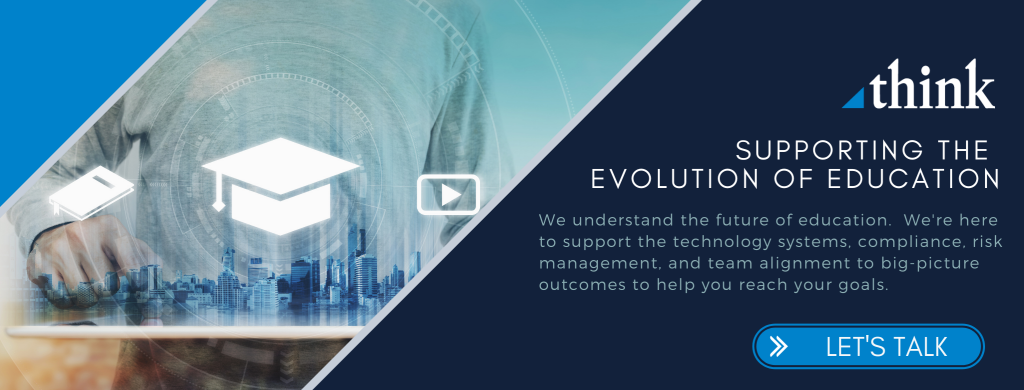Education Post-COVID: What Did We Learn?

A recent EdTech Maryland meetup featured a panel discussion devoted to education post-covid.
Since the frenzied, haphazard transition to virtual-only education, the educational community has been barraged by technological techniques, platforms, and services. What did we learn from this transition and how do we make the in-person classroom learning experience better than the one we left in March 2020? How do we guard against learning loss in an environment that wants some availability of distance learning?
Moderated by Joe Rose, President of JBS Custom Software Solutions, the panel featured Erika Finchen, Senior Director Digital Products, The College Board; Andrew (Drew) Hampton, Assistant Professor of Research Science at the University of Memphis; and Phil Horowitz, Chief Architect at JBS Custom Software Solutions.
Joe’s opening question to the panel: So what did we learn?
Drew noted both pros and cons to the chaotic nature of the transition to online instruction. Obviously, teachers struggled to upgrade their curricula and to adapt to new methods. But on the plus side, the pandemic was a vehicle for overcoming hesitancy to try new things because there was no other option. For decades, some have favored a transition from knowledge transmission – teacher handing down insight from the mountaintop – to knowledge construction. While there’s no substitute for some component of in-person learning. In short, this moment presents an opportunity to arrive at a better model.
Erika noted the need for additional technology training for educators, as so many were necessarily rushed into a remote learning model. She added that even as in-person learning returns, districts have noted the flexibility offered by remote learning, and the fact that certain students and teachers have thrived, and are looking for ways to retain at least a portion of the model going forward.
Coming into the discussion from the technology point of view, Phil said the future will bring ways to make online learning more engaging for students via intelligent agents, and by offloading some of the boilerplate tasks, allowing teachers to focus more on the actual educating. Adaptive learning will also feature more heavily into future platforms, better individualizing instruction for each student.
Phil further noted the need to distinguish the tasks that are better done by teachers from the tasks better done by technology, which include repetitive processes such as grading and organizing large amounts of information. The lines here are blurred; for example, grading an essay might be better done by a teacher, but adaptive learning with its improving natural language skills is closing that gap.
Drew pointed out that the distinction between teachers and adaptive learning is not an either/or choice, but an opportunity to meld the best of both. Machine learning, for example, might do a better job of highlighting areas where specific students are struggling, allowing teachers to do what they do best, offering more individualized guidance.
Joe then posed a question about specific technologies, and Phil noted that many of the building blocks of adaptive technology have been commoditized and made readily available through platforms including Amazon’s AWS and Microsoft Azure, streamlining the way – and lowering the technological bar – to a final product. This commoditization has largely replaced the tedious process of building, coding and training the algorithms on which many machine-learning process are built. This reality creates significant cost savings.
Joe asked what the future will look like as we return to the classroom, and Drew responded that while every educator’s experience will be different, many more will use technology for repetitive tasks such as grading. Therefore, even if technology is not in the physical classroom it will be an increasing part of the curriculum. However, there will be significant differences between the college level and the lower grades, where educators have much less direct control over their curricula.
Erika seconded this idea, noting the slower-moving bureaucracies and resistance to change often found in school systems. Compounding this equation are the facts that teachers tend to be more time-challenged and also that students may lack access to appropriate technology. While the pandemic brought a large surge in access to connectivity and devices for students, a huge gap remains. The efforts to improve infrastructure must continue.
Erika further noted that while teachers have always had the challenge of dealing with skills gaps between one student and another, those gaps were exacerbated by the pandemic and varying levels of access to technology. There is no one-size-fits-all solution to help students make up for the time lost, so technology becomes even more important in identifying and correcting those gaps with individualized learning.
